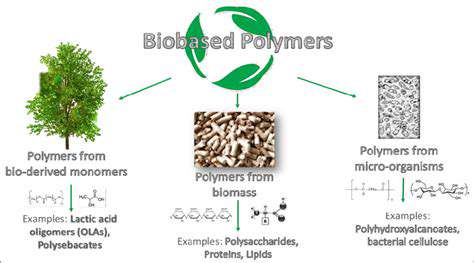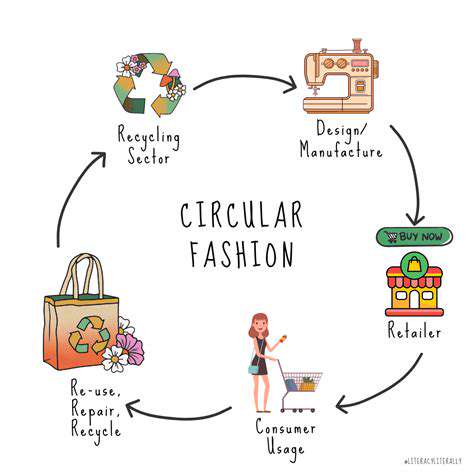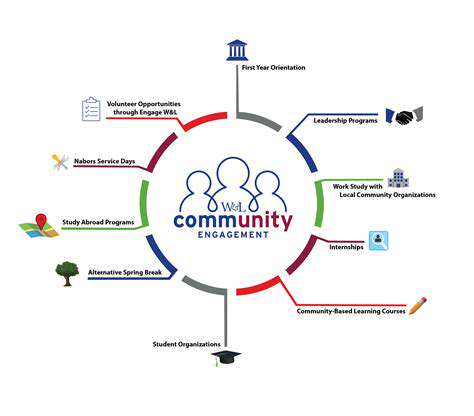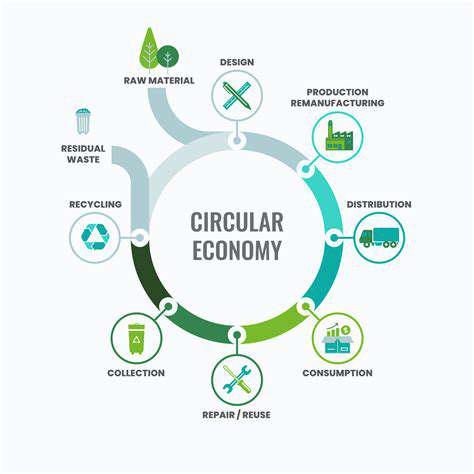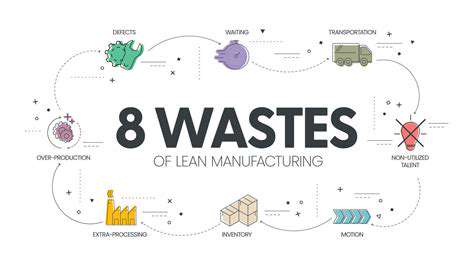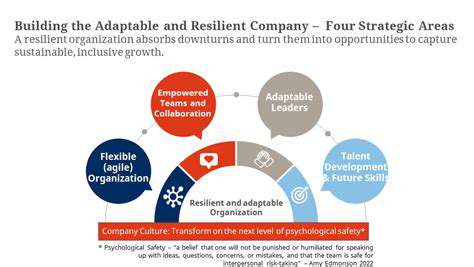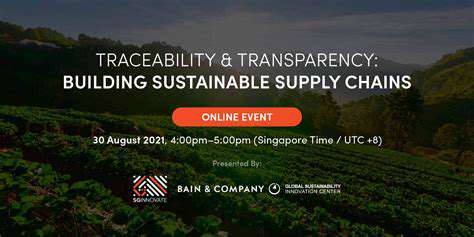The Role of Certifications in Verifying Ethical Labor
The certification process itself creates meaningful accountability through recurring audits and compliance checks. Unlike one-time policy announcements, this ongoing verification ensures standards remain active priorities rather than forgotten initiatives. Many programs incorporate worker interviews and surprise inspections - methodologies that prevent superficial compliance while identifying genuine operational improvements.
Driving Positive Change in the Workforce
These programs create measurable impacts beyond corporate boardrooms. Certified factories consistently report lower injury rates, reduced turnover, and higher productivity - benefits that directly improve workers' quality of life. The economic ripple effects extend to workers' families and communities through better healthcare access and educational opportunities.
Perhaps most significantly, certification frameworks empower workers to voice concerns through protected channels. This represents a fundamental shift from passive beneficiaries to active participants in shaping their working conditions. The resulting workplace cultures foster dignity and mutual respect - values that transcend geographic and cultural boundaries.
Identifying Key Certifications for Ethical Labor Practices
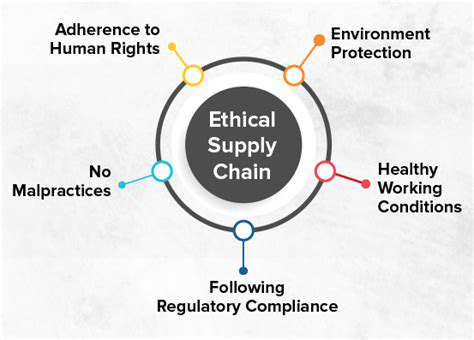
Globally Recognized Certification Programs
Several certification systems have emerged as gold standards in ethical labor verification. The Fair Trade Certified™ program stands out for its holistic approach, addressing everything from fair wages to environmental stewardship. Similarly, the Worldwide Responsible Accredited Production (WRAP) certification focuses specifically on humane manufacturing practices across 12 key principles.
The SA8000 Standard, developed by Social Accountability International, offers one of the most rigorous frameworks with its ISO-style management system approach. For industries with heightened risks like apparel and agriculture, the Ethical Trading Initiative (ETI) Base Code provides essential baseline requirements. Each program caters to different operational contexts while maintaining strict labor protection standards.
Selecting the Right Certification Path
Choosing appropriate certifications requires careful evaluation of several factors. Companies must assess their supply chain complexity, geographic footprint, and the specific labor risks inherent to their industry. A multinational apparel manufacturer might pursue multiple certifications to address different aspects of its operations, while a smaller artisan cooperative may focus on a single relevant standard.
Implementation costs vary significantly based on audit scope and required operational changes. Smart organizations view these expenses as strategic investments rather than compliance costs, recognizing the long-term ROI in brand equity and risk mitigation. Many find the certification process itself yields operational efficiencies that offset implementation expenses.
The Benefits of Implementing Ethical Labor Certifications
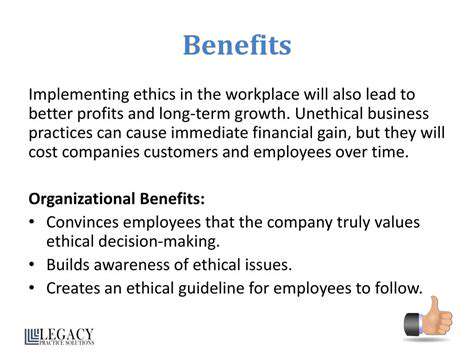
Competitive Advantages in the Marketplace
Certified companies gain access to preferred supplier programs with major retailers and brands. This creates tangible business opportunities, with many corporate buyers requiring certifications as minimum vendor qualifications. The certifications serve as third-party validation that streamlines the supplier vetting process for procurement teams.
Consumer willingness to pay premiums for ethically certified products continues to rise across demographic groups. Millennial and Gen Z shoppers in particular demonstrate strong preferences for certified goods, with many actively researching company labor practices before purchasing. This trend shows no signs of slowing as younger generations gain purchasing power.
Operational and Cultural Benefits
Internally, certification requirements often reveal process improvements that reduce waste and inefficiency. The focus on worker well-being correlates strongly with higher productivity levels and lower absenteeism. Many organizations report that the certification journey itself builds stronger cross-functional collaboration as teams unite around shared ethical goals.
From a talent acquisition perspective, certifications help attract mission-driven employees who value corporate responsibility. These employees typically demonstrate higher engagement levels and longer tenure, reducing turnover costs. The resulting workplace culture becomes a self-reinforcing cycle that attracts like-minded talent while deterring those who don't align with the company's values.
Challenges and Considerations in Certification Processes
Navigating Implementation Complexities
The path to certification presents several practical challenges that require thoughtful navigation. Supply chain mapping often reveals unexpected complexities, particularly for companies with multi-tiered supplier networks. Many organizations underestimate the time required to bring all partners into compliance, especially when working with suppliers in regions with weaker labor protections.
Cultural differences can create implementation hurdles, as ethical standards may conflict with local business norms. Successful companies approach these situations with cultural sensitivity while maintaining non-negotiable commitments to core labor principles. This delicate balance requires ongoing education and relationship-building with suppliers.
Maintaining Continuous Compliance
Certification isn't a one-time achievement but an ongoing commitment. The audit cycle typically requires annual reviews with potential surprise inspections, creating administrative burdens. Many organizations establish internal compliance teams to maintain standards between audits, developing systems for continuous monitoring and improvement.
The most successful implementations integrate certification requirements into existing quality management systems rather than treating them as separate compliance activities. This embedded approach ensures ethical labor practices become part of daily operations rather than periodic check-box exercises. Advanced companies use certification frameworks as foundations for exceeding minimum requirements and innovating in worker welfare.


